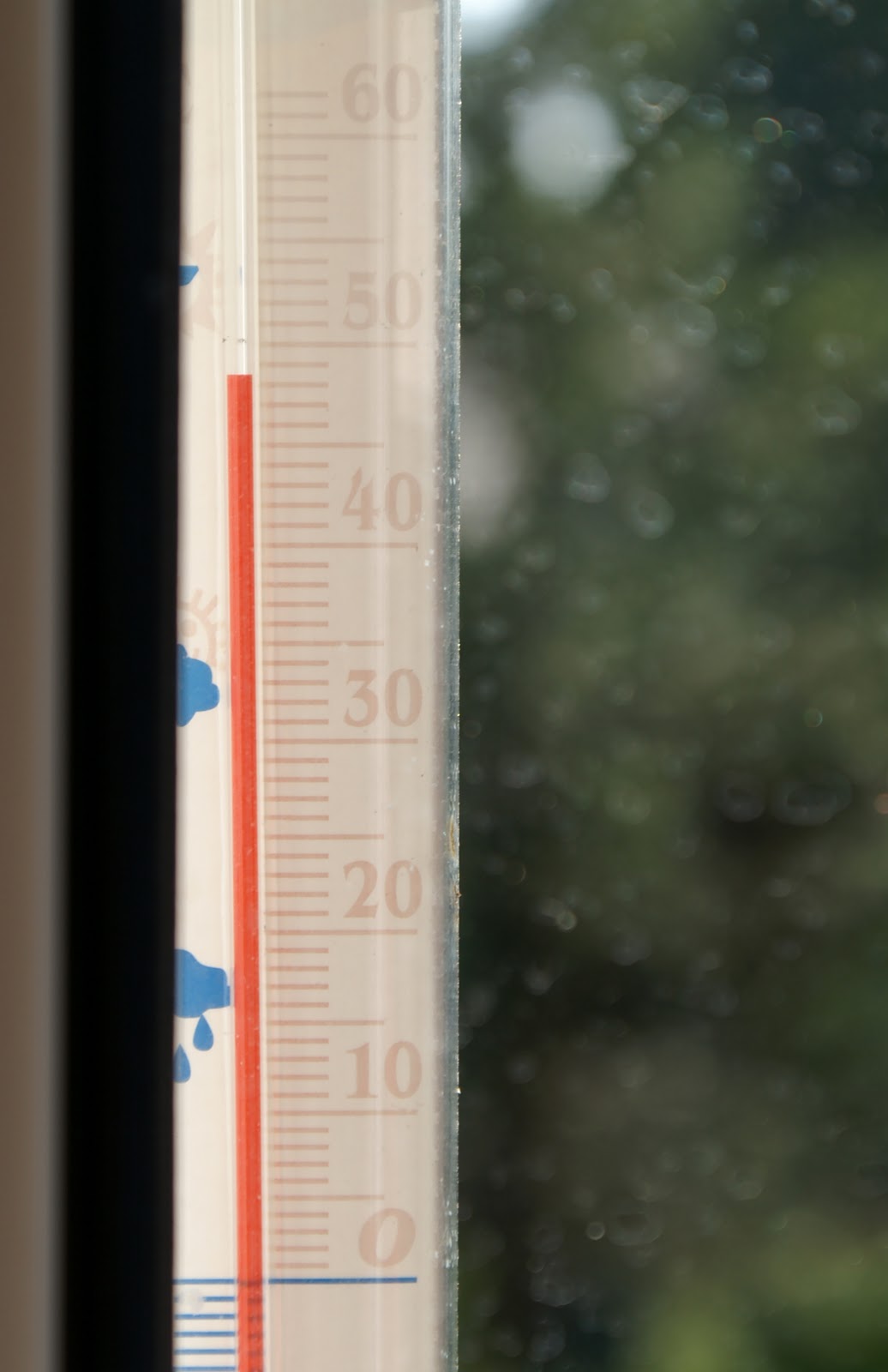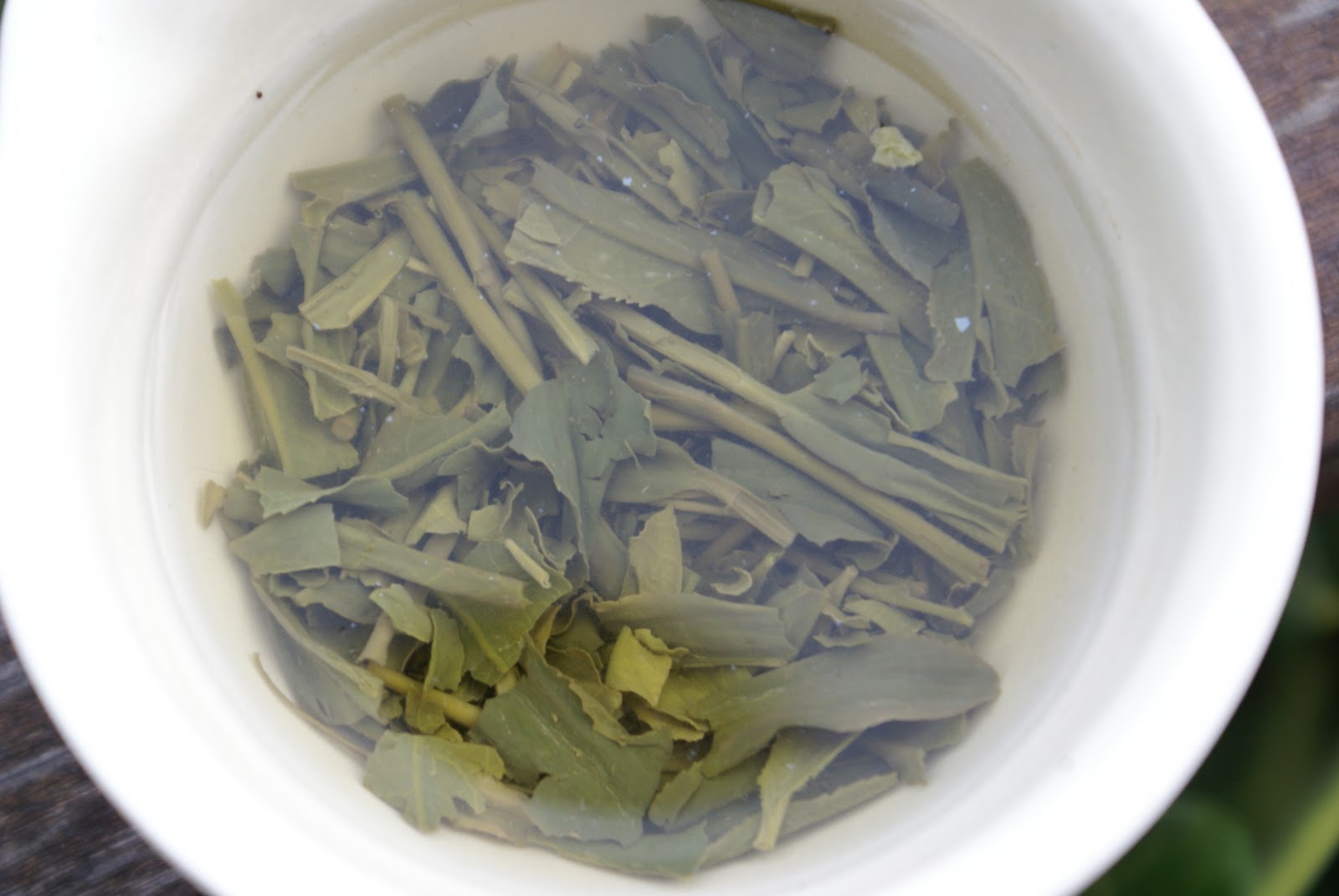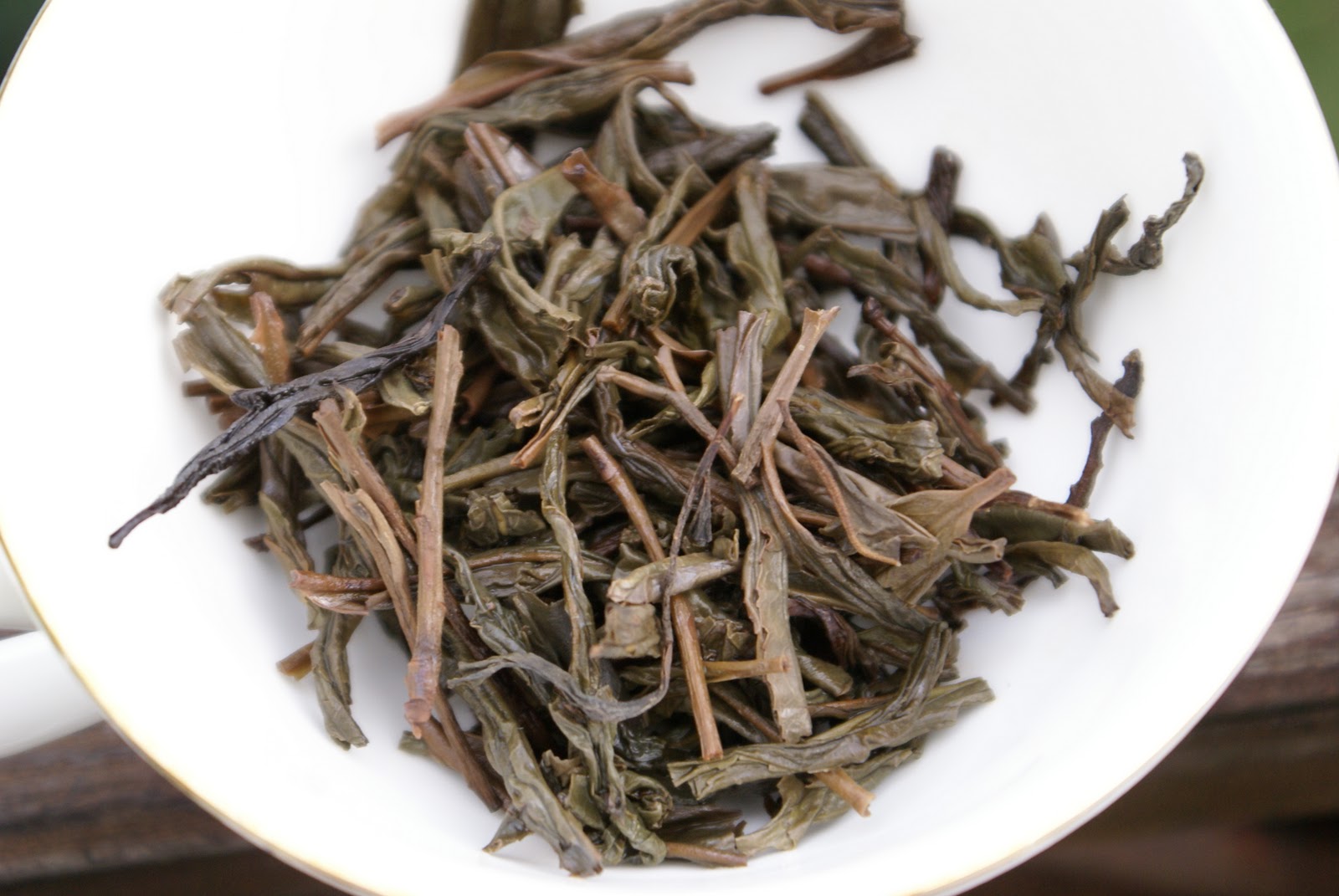Icing tea
Posted on 18 August 2010

We’ve gone through one of the most torrid summers ever here in Poland. My last year’s moanings have been put into perspective by several weeks of 35+C weather. Hot tea is a no issue. So I’ve been forced to jump on the ice tea bandwagon, and come up with my own recipe. You’ll find hundreds of these on the web (here’s one I really liked, with a deeper insight into ice tea Japanese style) and here’s mine.
Generally I dislike cold tea. I prefer to drink it fairly hot, and while there’s interest in sheng or oolong tea that has cooled down a little, I find room temperature tea really a little repulsive. So the idea of preparing ice tea required overcoming a bit of self-resistance. I started my trials with the type of tea I drink regularly in the summer anyway: Japanese green. It might be a weird choice for some – intuitively a tea drinker might be wary of overinfusing a sencha leaving it, as you should with ice tea, over several hours on the leaves. In my experience it’s enough to opt for a lighter, less fragmented leaf type like the 3rd Prize Asamushi from Hirumaen (reviewed here). I still had a bit of this left when receiving the new vintage and so using it for ice tea sounded sensible. The result is surprising. There’s a lot of texture to this ‘Iced Asamushi’ with all its glutinous umami character, but also some sweetness. It’s immensely refreshing in a vegetal sort of way.
 |
| These small delicate leaves will open completely even when infused with cold water. |
But admittedly that injection of savoury umami might be beyond the comfort line for some. I think the expected taste profile of ice tea is something fruity and sweet. A fruity black tea might be a good choice; for me, a tea that works wonders is Dancong. This Chinese oolong is gorgeously aromatic and over a few hours of infusion in the fridge, will produce a brew that’s wonderfully scented with dried fruits, flowers and almonds. It’s a good moment to use up that unexpensive Dancong you’ve a bit too much of, like this $9.90 thing from Yunnan Sourcing that I found of fairly good quality FWII.

Some people prepare ice tea with tea that’s been brewed with hot water and then chilled. With Dancong this is dangerous, as it’s a type of tea that can release quite a bit of bitter tannins. That’s why I prefer to cover it with room temperature water in a large glass jar (think 6–8g of leaf per 500ml water) and then refrigerate: the leaves won’t open totally (see photo above) and the release of tannins will be limited. Sometimes I also add a spoon of good quality brown sugar, to boost the fruitiness. The result is the exact opposite of the ‘iced asamushi’ described above – but every bit as delicious.
The two teas reviewed above and the brown sugar were my own purchase. The glass jar is a family gift.





